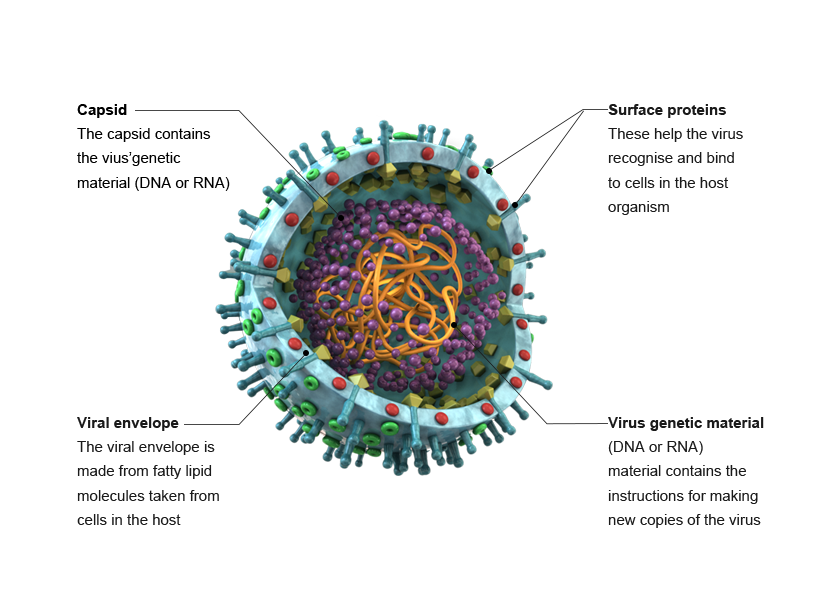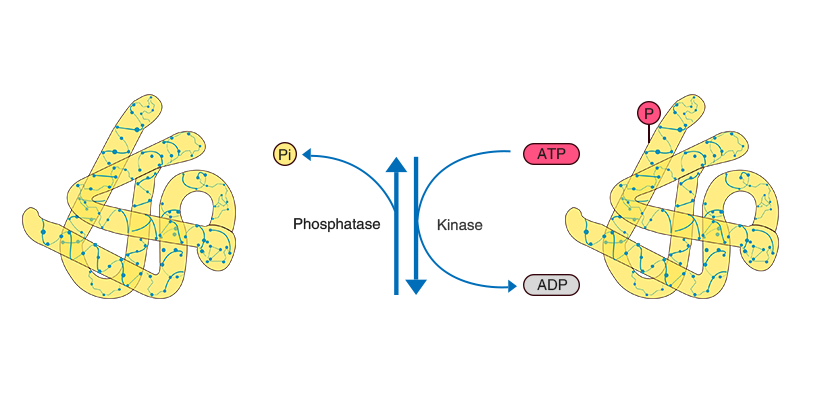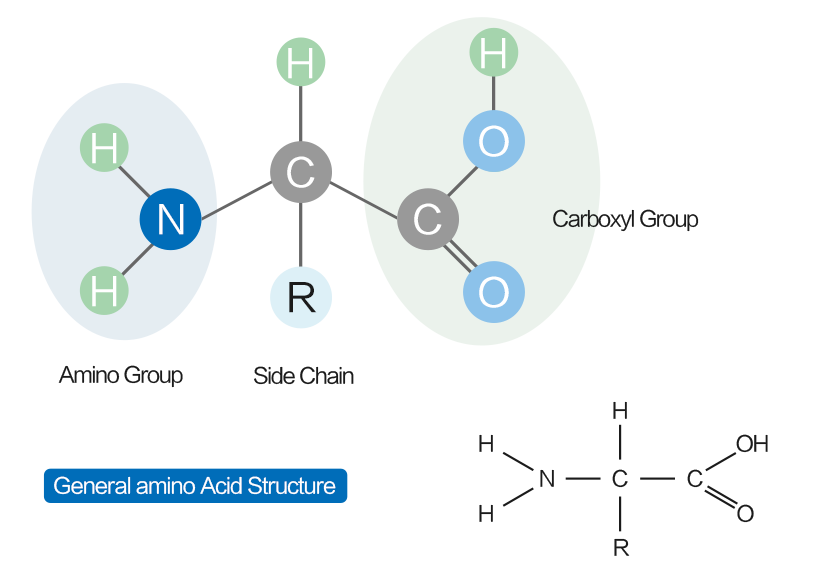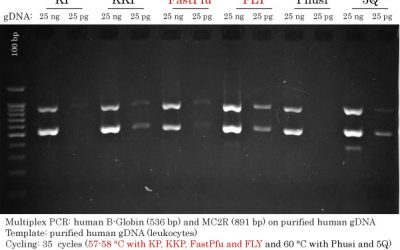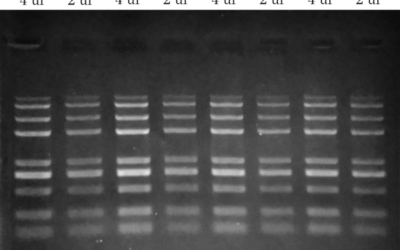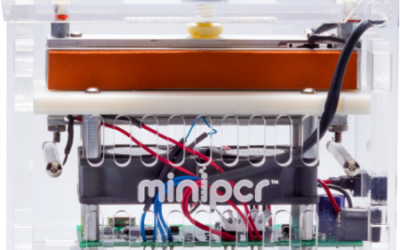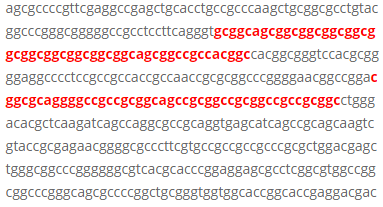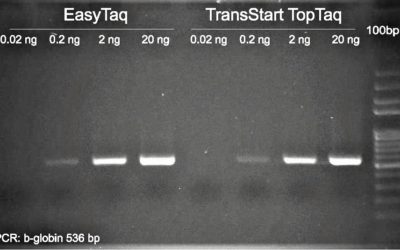Protocols
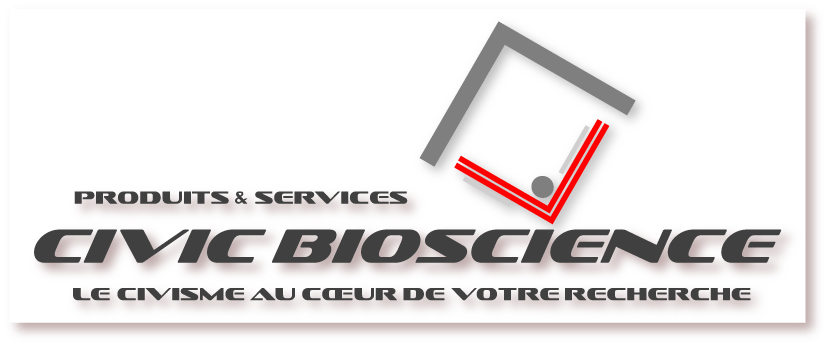
Molecular Biology Protocols from Civic Bioscience
PCR Protocols
Site-Directed Mutagenesis Stategies and Protocols Overview
SDM using WVA (Whole Vector Amplification)
- QuickChange Site-Directed Mutagenesis Protocol
- Fast Mutagenesis Protocol with FM111
- KLD Site-Directed Mutagenesis using a Back-to-Back Primer Design
- Site-Mutagenesis using Seamless Cloning and Assembly – WVA variant (re-writting in progress)
SDM using Cloning by Ligation or Seamless Cloning & Assembly
- Two-Sided PCR Overlap Extension followed by Cloning (re-writting in progress)
- Fast & Clean 2SPO Site-Directed Mutagenesis Protocol (re-writting in progress)
Resources from Civic Bioscience
Cell Biology Protocols & Resources from Elabscience

Elabscience Product Selection Guides
Western Blotting Protocols
Co-IP Protocol
IHC Protocol
IF Protocol
Labelling Protocols
WB Operation Guide
IHC Operation Guide
Sandwich ELISA Operation Guide
Viruses - the Top Killers
https://www.elabscience.com/topics-viruses_the_top_killers-295.html
The biggest danger to our species lies not with bullets or toxins, it has to do with things you cannot even see! It is virus that has killed millions of people. The 1918 Spanish flu have caused up to 50 million deaths worldwide.
Protein Phosphorylation : An Important Landmark Event for Biological Processes

FAQ for Antibodies
Can I receive a free sample of a product?
How can I determine whether an antibody may detect in an untested species?
If there are no alternatives available, and it is necessary for you to consider purchasing an antibody for use in a species that is not tested, we recommend checking the sequence alignment of the immunogen with the protein you are interested in.
Is the information on the datasheet up-to-date and correct?
How should I choose a positive control?
What antigen retrieval method should I use with this antibody?
What concentration of primary antibody should I use?

FAQ for ELISA Kits
Do I have to use a wavelength correction?
Can I use a fully automated microplate ELISA analyzer to do the assay?
Which species does your ELISA kit work with?
How do I know if I need to dilute or extract my samples?
Why are my ODs different than those shown in the instruction manual?
What is the best way to analyze my data?
DNA Polymerase Comparison Chart
Specifications and pricing of commercially available Taq DNA Polymerases and High-Fidelity DNA Polymerases in Canada.
Detection Limit of High-Fidelity DNA Polymerases on gDNA
Published on Jan 30, 2017 by Simon Roy, Ph.D Detection Limit of High-Fidelity DNA Polymerases using Human gDNA for Template We previously determined the detection limit of different Taq DNA Polymerases using human genomic DNA as a template for PCR. For this instance,...
PCR Purification Kit Comparison – DNA Clean Up
Which is the Best Kit for DNA Clean Up? Our aim was to perform a PCR Purification Kit Comparison from different vendors. At Civic Bioscience, we distribute the Favorprep™ and EasyPure® product lines from FAVORGEN and TransBionovo respectively. First, the FavorPrep™...
miniPCR Review : How I use a portable PCR thermocycler to help life scientists day-to-day.
The miniPCR and blueGel systems represent the core instruments involved in the assistance we provide to real scientists who conduct life science research in Canada. Both laboratory instruments were essential in solving dozens of problems that prospect customers were...
GC-rich PCR: Comparison of FastPfu FLY and Q5 High-Fidelity DNA Polymerases
GC-rich PCR: FastPfu FLY vs Q5® High-Fidelity DNA Polymerase GC-rich PCR can be difficult to achieve Our aim was to verify compare FastPfu FLY (TransBionovo) and Q5 (NEB) high-fidelity DNA Polymerase at amplifying a GC-rich sequence (human ARX; 79% GC) from purified...
Detection Limit of Taq DNA Polymerase
What's the Detection Limit of Taq ? How many DNA copies from gDNA? There are MANY Taq DNA Polymerases out there on the market. Some are driven by strong marketing and others by strong performance. Our aim was to verify the Detection Limit of Taq DNA Polymerases in PCR...

